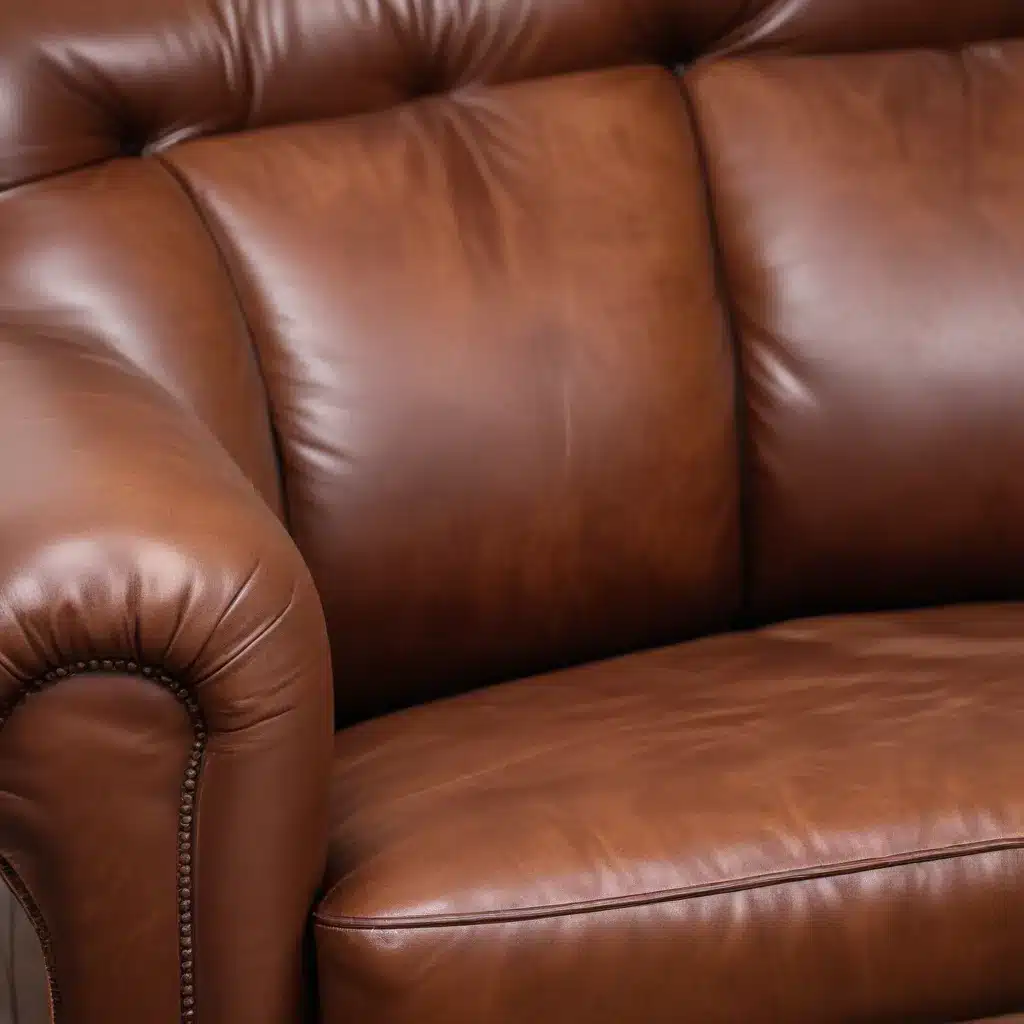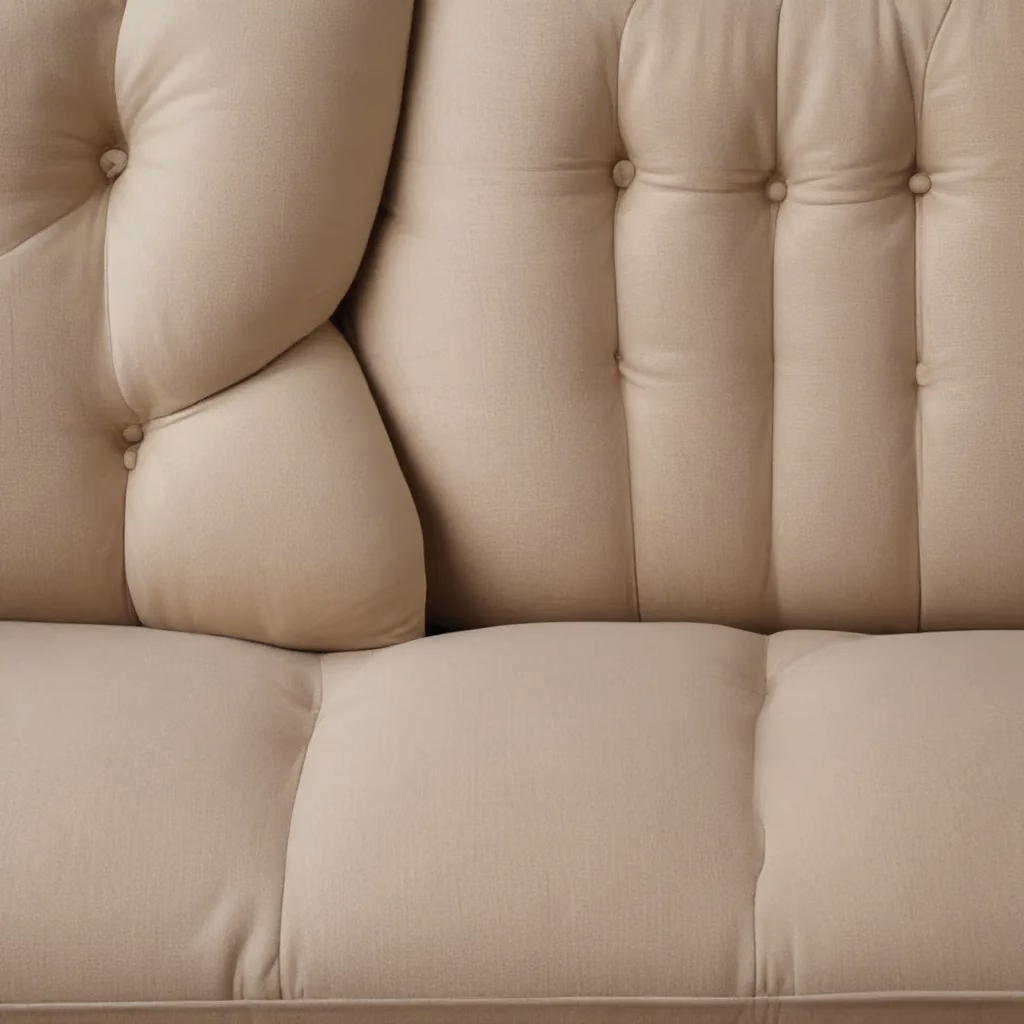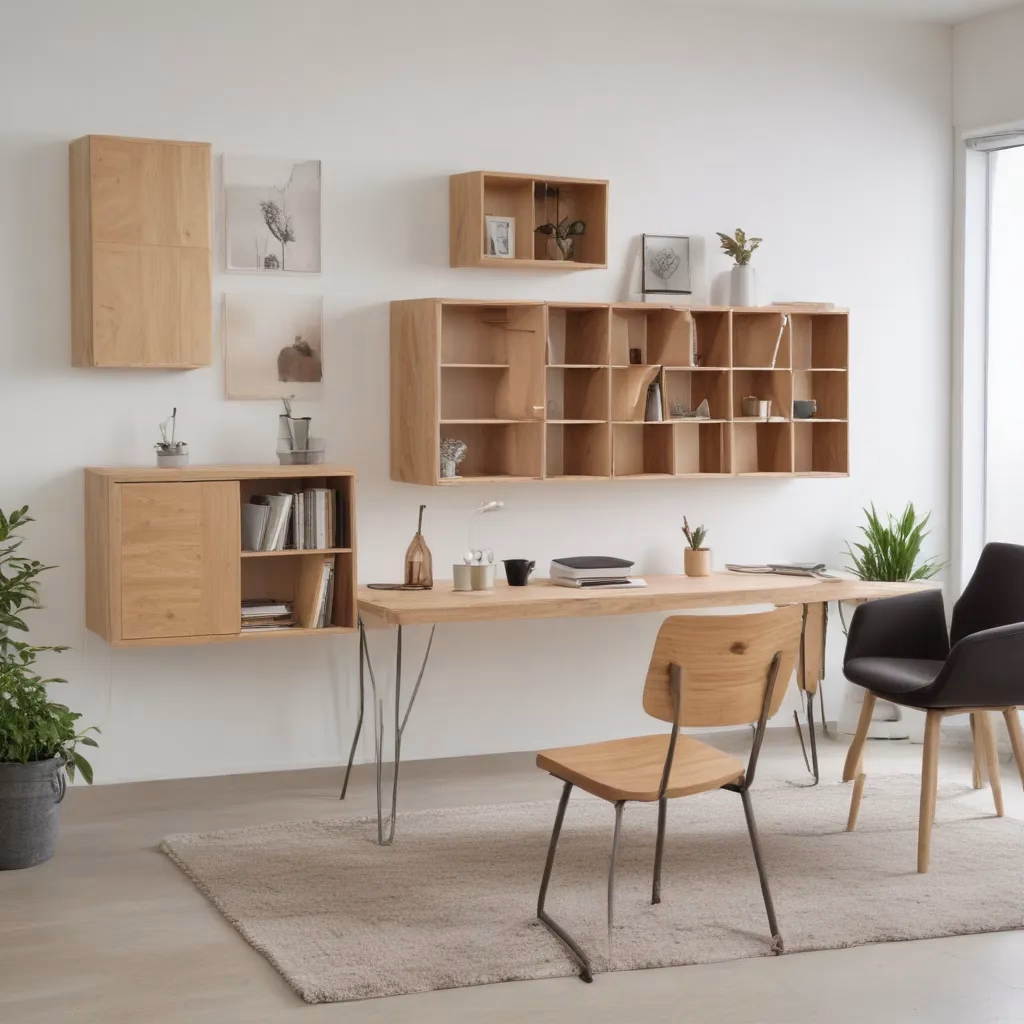
The Enduring Appeal of Leather Sofas in UK Homes
Leather sofas have long been a beloved staple in UK homes, prized for their timeless elegance, durability, and luxurious feel. As a material, leather has a unique allure that transcends passing trends, making it a popular choice among homeowners and interior designers alike. However, as with any well-loved piece of furniture, leather sofas can begin to show signs of wear and tear over time, leaving their owners seeking effective techniques to restore their cherished investments.
In this comprehensive guide, we delve into the world of leather sofa care and explore expert-recommended methods for rejuvenating time-worn upholstery. Whether you’re a seasoned furniture enthusiast or a homeowner looking to breathe new life into a cherished leather piece, this article is your go-to resource for reviving the beauty and longevity of your sofa.
Understanding Leather Sofa Maintenance
Maintaining the pristine condition of a leather sofa requires a delicate balance of regular cleaning, conditioning, and, in some cases, professional restoration. By understanding the unique properties of leather and the common challenges it faces, you can develop a comprehensive care routine that keeps your sofa looking its best for years to come.
Cleaning Leather Upholstery
One of the most critical aspects of leather sofa maintenance is regular cleaning. Dust, dirt, and oils from our skin can gradually build up on the surface, leading to a dull, lifeless appearance. To combat this, it’s essential to use the right cleaning products and techniques.
Begin by gently vacuuming the sofa’s surface to remove any loose debris. Next, use a leather-specific cleaner or a mild soap and water solution to wipe down the upholstery, taking care to avoid over-wetting the material. Gently blot the surface with a soft, lint-free cloth to remove any excess moisture. Avoid using harsh chemicals or scrubbing too vigorously, as this can damage the leather’s delicate finish.
Conditioning Leather Upholstery
In addition to regular cleaning, leather sofas require periodic conditioning to maintain their supple, nourished appearance. Leather conditioners replenish the natural oils that can be depleted over time, helping to prevent cracking, fading, and premature wear.
When applying a leather conditioner, select a product specifically formulated for upholstery. Gently rub the conditioner into the leather using a soft, clean cloth, working in small sections to ensure even coverage. Allow the conditioner to soak in for the recommended amount of time before buffing the surface with a dry cloth to achieve a lustrous shine.
Tackling Common Leather Sofa Issues
While proper maintenance can go a long way in preserving the beauty of a leather sofa, sometimes more intensive interventions are required to address specific problems. Let’s explore some common leather sofa issues and the expert techniques for addressing them.
Repairing Scratches and Scuffs
Inevitably, leather sofas will accumulate minor scratches and scuffs over time, especially in high-traffic areas. Fortunately, these imperfections can often be addressed with a few simple steps.
Begin by gently cleaning the affected area with a leather cleaner and a soft cloth. Once dry, apply a small amount of leather filler or touch-up pen to the scratch or scuff, blending it seamlessly into the surrounding upholstery. Finish by buffing the area with a clean, dry cloth to restore the leather’s sheen.
For deeper gouges or more extensive damage, it may be necessary to seek the assistance of a professional leather repair specialist. They can skillfully blend and color-match the affected area, ensuring a harmonious and long-lasting restoration.
Reviving Faded or Discolored Leather
Prolonged exposure to sunlight, as well as general wear and tear, can cause leather upholstery to fade or discolor over time. To rejuvenate the color and vibrancy of your sofa, consider using a leather color restorer or dye.
Begin by thoroughly cleaning the affected area, removing any dirt or residue that could interfere with the coloring process. Carefully apply the leather color restorer or dye using a soft applicator, working in small sections to ensure even coverage. Allow the product to fully dry and then buff the surface with a clean cloth to achieve a smooth, uniform appearance.
In some cases, the discoloration may be too severe for a simple color restoration, and a professional re-dye or re-staining service may be required to achieve the desired result.
Addressing Cracked or Dried-Out Leather
One of the most common issues with older leather sofas is the development of cracks and a dried-out, brittle texture. This can occur due to a variety of factors, including excessive exposure to sunlight, lack of proper conditioning, or simply the natural aging process of the material.
To address this challenge, start by thoroughly cleaning the affected area, removing any dirt or debris that could further exacerbate the problem. Next, apply a high-quality leather conditioner, massaging it deeply into the leather to rehydrate and nourish the fibers. Allow the conditioner to soak in for the recommended duration before buffing the surface with a clean cloth.
For more severe cases of cracking or dryness, it may be necessary to seek the expertise of a professional leather restoration specialist. They can employ advanced techniques, such as leather filler or restructuring, to repair and revive the damaged upholstery.
Embracing the Patina: Cultivating a Timeless Look
While maintaining the pristine condition of a leather sofa is essential, there is also a certain charm and character that can come with the natural aging process of this material. Embracing the subtle changes and developing “patina” can imbue your sofa with a sense of warmth and history, creating a truly timeless aesthetic.
As leather ages, it often develops a soft, supple feel and a unique, individualized appearance. Subtle color variations, gentle creases, and a refined sheen can all contribute to the overall character of a well-loved leather sofa. Rather than viewing these changes as flaws, consider them as markers of a piece that has withstood the test of time and grown more beautiful with each passing year.
Choosing the Right Leather Sofa for Your Home
When it comes to selecting a leather sofa that will stand the test of time, it’s essential to carefully consider both the quality of the material and the craftsmanship of the piece. Here are some key factors to keep in mind:
Leather Grade and Durability
Not all leather is created equal, and understanding the different grades can help you make an informed decision. Full-grain leather, which retains the natural surface of the hide, is generally considered the highest quality and most durable option. Top-grain leather, which has had the outer layer sanded away, is also a popular choice for its consistent appearance and moderate durability.
When evaluating leather quality, pay attention to the thickness, softness, and any visible imperfections or blemishes. Higher-quality leathers will have a supple, uniform texture and a natural, unprocessed appearance.
Sofa Construction and Frame
The overall construction and frame of a leather sofa can greatly impact its longevity and comfort. Look for sofas with a solid, well-built frame, typically made from hardwood or sturdy engineered materials. Avoid flimsy or overly lightweight frames, as they are more prone to sagging and structural issues over time.
Additionally, pay attention to the stitching, cushion fillings, and overall attention to detail in the sofa’s manufacture. Well-crafted pieces will often feature reinforced seams, high-density foam, and other features that contribute to long-term durability and comfort.
Customization and Versatility
As you shop for a leather sofa, consider the options for customization and versatility. Many furniture manufacturers offer a wide range of leather hues, finishes, and upholstery configurations, allowing you to find a piece that seamlessly integrates with your home’s existing decor.
Modular or sectional leather sofas are particularly versatile, as they can be reconfigured to suit changing needs or room layouts. This flexibility can be especially valuable as your interior design preferences evolve over time.
Caring for Your Leather Sofa: A Lifetime Investment
Investing in a high-quality leather sofa is often a significant financial decision, but it can also be a wise long-term investment in your home’s comfort and aesthetic. By following the expert-recommended techniques for cleaning, conditioning, and restoring time-worn upholstery, you can ensure your leather sofa remains a cherished centerpiece of your living space for years to come.
Remember, proper leather sofa care is not just about maintaining its physical appearance; it’s also about preserving the inherent value and emotional attachment that comes with owning a well-crafted, enduring piece of furniture. With a little TLC, your leather sofa can continue to be a source of comfort, style, and timeless charm in your UK home.
For more information on the latest furniture trends, material selections, and interior design inspiration, be sure to visit https://sofaspectacular.co.uk/. Our team of experts is dedicated to helping homeowners and design enthusiasts alike create beautiful, functional living spaces that stand the test of time.



